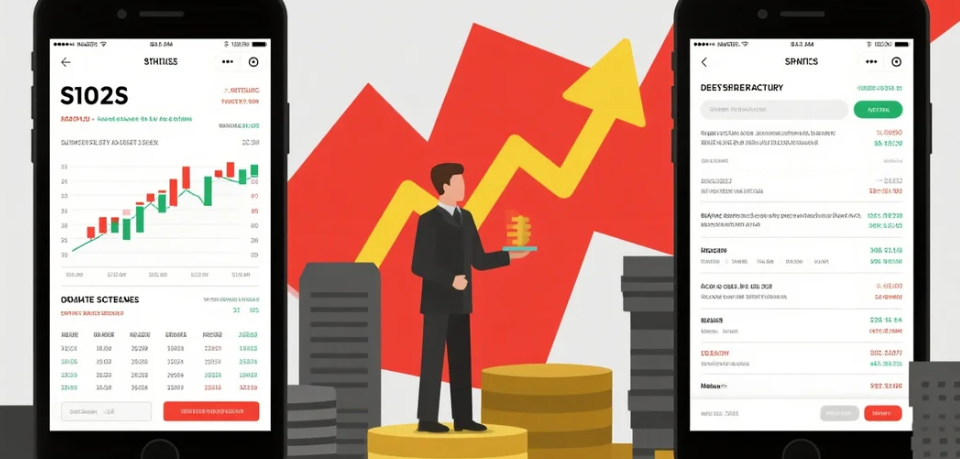
1.
Cross-shareholding refers to the phenomenon where different companies hold shares in each other to achieve specific purposes.
The practice of cross-shareholding first began with the YoWa Real Estate incident in Japan. In 1952, the company was subjected to a hostile takeover, leading to internal restructuring within the Mitsubishi Group. After the revision of Japan's Anti-Monopoly Act in 1953, subsidiaries of the Mitsubishi Group began cross-shareholding to prevent hostile takeovers from the secondary market. From then on, cross-shareholding became widely adopted in Japan as a strategy to prevent takeovers. In the 1950s, Japanese companies also used cross-shareholding as a strategy to maintain close relationships with banks to secure capital.
The second wave of cross-shareholding development occurred during the foreign investment liberalization phase in the late 1960s. During this period, established capitalist countries like the U.S. massively invested in Japan through foreign direct investment (FDI), particularly in industries where Japanese companies held advantages, such as the automotive sector. Toyota was the first company to adopt mutual shareholding as a strategy to prevent hostile takeovers by foreign firms. Later, other automotive companies like Nissan, Isuzu, Hino, and Daihatsu followed suit. While cross-shareholding effectively achieved the goals of preventing hostile takeovers and strengthening ties between banks and corporations, it also had significant side effects, such as weakening shareholder control over corporate management. Nevertheless, cross-shareholding played a crucial role in the asset revaluation process of Japanese listed companies. Asset revaluation began in the late 1980s when Japan experienced excessive money supply due to various factors, coupled with yen appreciation. The liquidity surge led to rapid inflation in domestic asset prices. This liquidity fueled the Japanese stock market bubble, and the concept of cross-shareholding further propelled the market to the peak of a speculative bull run.
Cross-shareholding in China originated in the early 1990s. At that time, Chinese companies generally lacked capital, and establishing cross-shareholding relationships between legal entities effectively inflated capital. Many large state-owned companies leveraged this inflated capital to quickly meet the capital requirements for listing during the early stages of shareholding reform. By using non-tradable cross-shareholding among legal entities, these companies highlighted the role of management groups while maintaining the shareholding reform on a "public ownership" basis. These institutional advantages led to the rapid rise of cross-shareholding.
2.
Due to widespread cross-shareholding among Japanese listed companies, the inflation of real asset prices eventually spilled over into the capital market, creating massive bubbles. Cross-shareholding caused related companies to surge significantly during bull markets. For example, Mitsubishi Heavy Industries and Nippon Steel far outperformed the Nikkei Index during the three-year bull market from 1987 to 1989. However, the bubble-like rise driven by cross-shareholding was not value-based and created interlocking chains among companies. If one company faltered during the rise, it could trigger a "domino effect" of declines.
Similarly, the interactive rise of cross-shareholding in a speculative bull market would eventually reach its limit. Once the upward mechanism broke down—whether due to liquidity shortages or unsustainable profit growth—a collective decline would follow, marking the burst of the bubble. Starting in 1990, Japan entered a decade-long bear market, with cross-shareholding being one of the culprits. The domino-like declines trapped the stock market in a paradox: sharp drops led to even sharper drops, causing massive devaluation of stock assets.
















